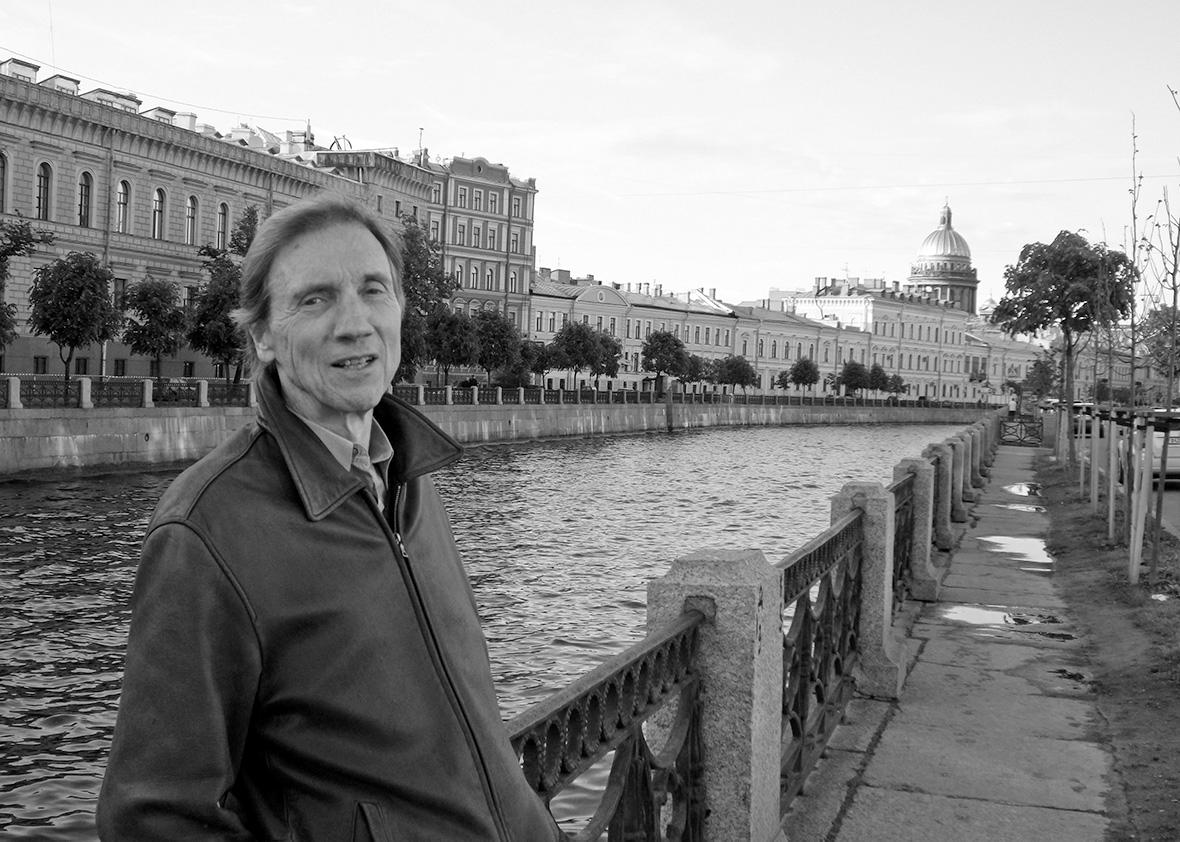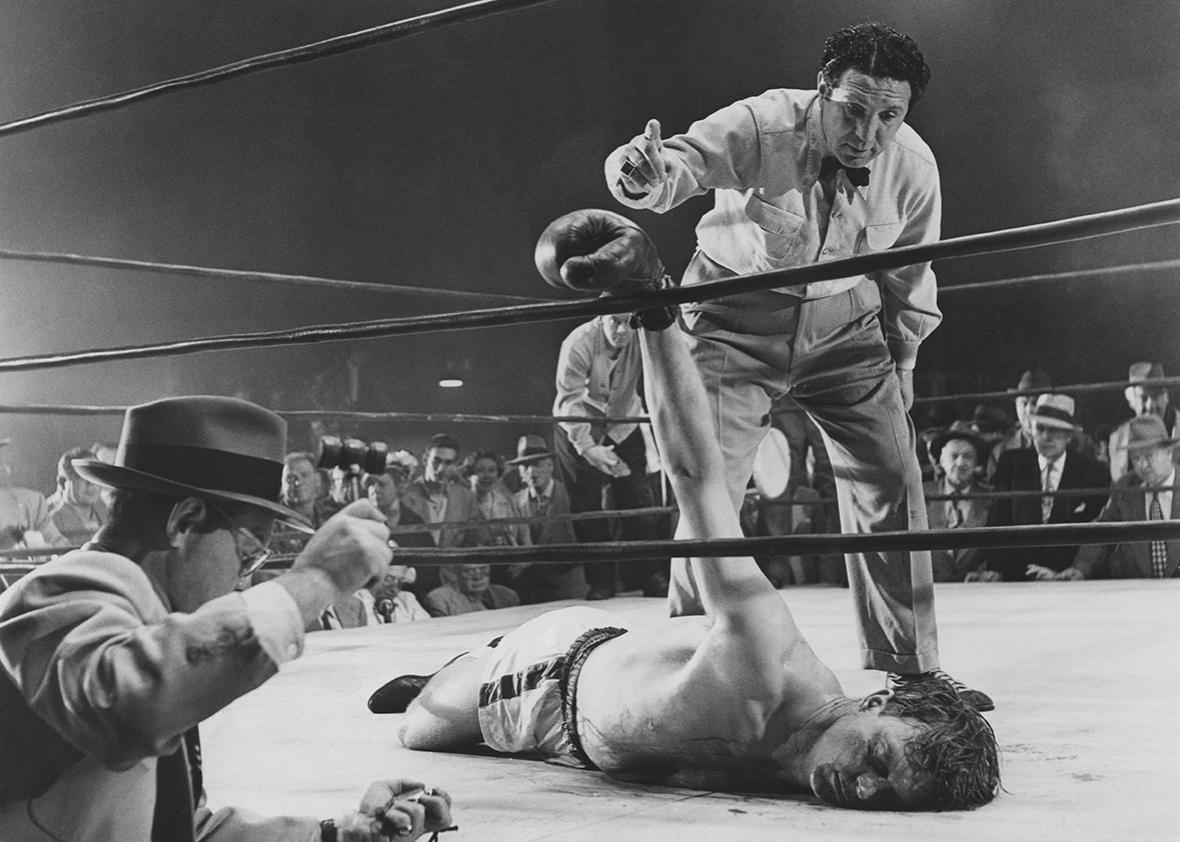“Fat City” is old slang for prosperity and advantage—the good life. If you’re in Fat City, you’re in luck. But the phrase is wry irony as the title of a novel that has stunned and mesmerized successive generations of readers since its publication in 1969. This month New York Review Books brings out a handsome new paperback edition of Leonard Gardner’s sole novel, a slim, taut book that has earned its status as a classic by dint of its immaculate, evocative prose, a compassionate but dour view of the human condition, and the absolute credibility of its depiction of the sport of the busted beaks.
Leonard Gardner was a graduate student in creative writing at San Francisco State when he began the four-year process of creating Fat City. He had grown up and fought as an amateur boxer in Stockton, California, where the story takes place. He was 36 years old when the book finally appeared; it was a finalist for the 1970 National Book Award along with Kurt Vonnegut’s Slaughterhouse-Five and (the eventual winner) Joyce Carol Oates’ Them. Gardner went on to write for movies and television, including the script for the 1972 film of Fat City. John Huston directed the film, starring a relatively unknown Stacy Keach, a young Jeff Bridges, and the brilliant Susan Tyrrell.
It’s not unfair, I think, to describe boxers as a demographic little given to literary entanglement. In general, with exceptions, they prefer movies. Although John Huston considered Fat City some of his finest work, most boxers would probably rather watch Rocky for the fifth or 50th time. They yearn for the tale of redemption and ultimate triumph with plenty of razzle-dazzle. The nitty-gritty is too familiar. But Fat City dazzles too: the glint of steel in its perception, the molten glass of its execution.
At its heart, Fat City is not about boxing. It is a universal story of grim realities and toxic delusions. It is awash with awareness of chances blown, dreams stymied, precious time wasted, and all future prospects scorched to ashes by the process. For the people of this novel, caught in just such circumstances, boxing is a chance, a glimmer of hope. An ancient truism of the sport is that it is so difficult that only the desperate will endure it as a grueling escape tunnel from whatever cultural or fiscal or psychological ghetto has them trapped. It’s a demanding and painful path, with no guarantees and plenty of risk. In other stories by other writers, that flicker of light might take any number of forms. But for Gardner it is small-town, small-time boxing.

Photo by Alissa Valles
“Fat City” is also an old nickname for that historic fight town, Stockton, California, Gardner’s home ground and that of the novel’s central figure. A few years before, Billy Tully really was in Fat City. He was living clean and winning fights. He had a house, a nice car, and a pretty wife. Then a bad loss in the ring destroyed his confidence. He quit boxing. He drank too much, couldn’t hold a job, lost the car and the house. His wife left. Now he earns just enough as a day laborer in the onion fields of the Valley to cover a sleazy room and another night of drinking.
When we meet Tully he is thinking about a recent bar brawl in which he knocked out another drunk with one punch. This strikes his hung-over brain as proof that he hasn’t lost his ability after all. He decides to go to the YMCA and start getting back into shape. He will make a comeback.
When Tully arrives, the only other occupant of the gym is 18-year-old Ernie Munger, who pumps gas and washes windshields at a service station for a living. He is just killing time with the punching bags but Tully suggests that they spar. This encounter changes young Ernie’s life. Tully urges him to go to the boxing gym and hook up with Tully’s old manager and trainer.
The novel weaves the stories of Billy Tully and Ernie Munger as though the two were different points on the same time continuum. Ernie is Tully’s past. Tully is Ernie’s future. Mistakes are made. Vivid peripheral characters appear. The women in the boxers’ lives become powerful forces. For Ernie it’s the young wife who gives him a child. For Tully it’s Oma, the pugnacious wino he shacks up with while he works to revive his ring career. Despite the linking of the two fighters’ stories, Ernie’s future is still open. He probably won’t become a great boxer, but he just might, eventually, be a sane and grounded human being.
Though Fat City was written long before cellphones or the Internet, its human apparatus is state of the art. With this new edition, new generations of readers and writers will discover it, learn from it, and find both wincing pain and deep pleasure. Gardner’s achievement lives on precisely because Fat City is not depressing. The tale is dark, but it is charged with energy. It is seductive, engaging, and lit, despite the odds, by a vitality that is in itself a form of hope. We come away from it burnt clean.
—
Fat City by Leonard Gardner. NYRB Classics.
See all the pieces in the Slate Book Review.
Sign up for the Slate Book Review monthly newsletter.
